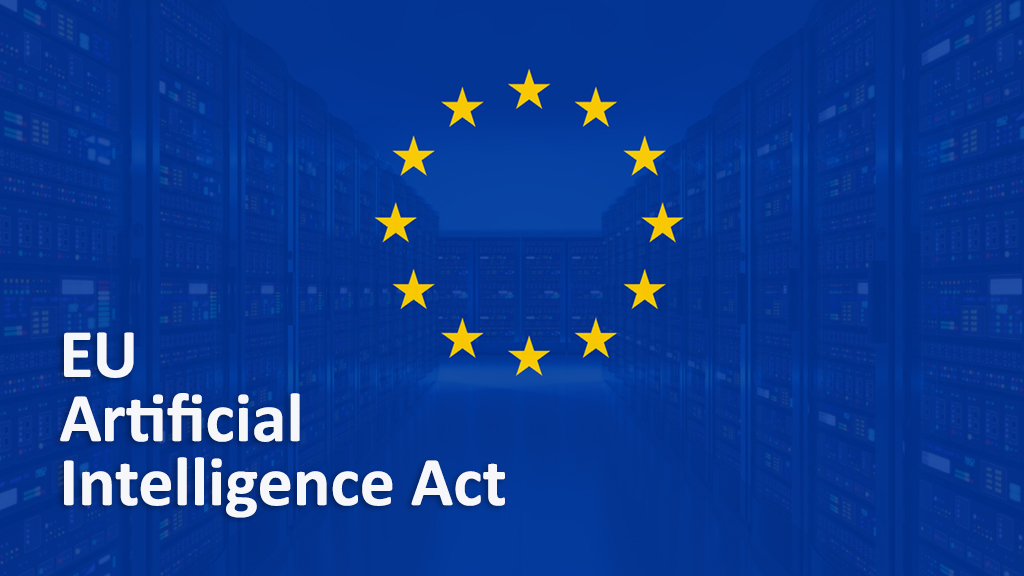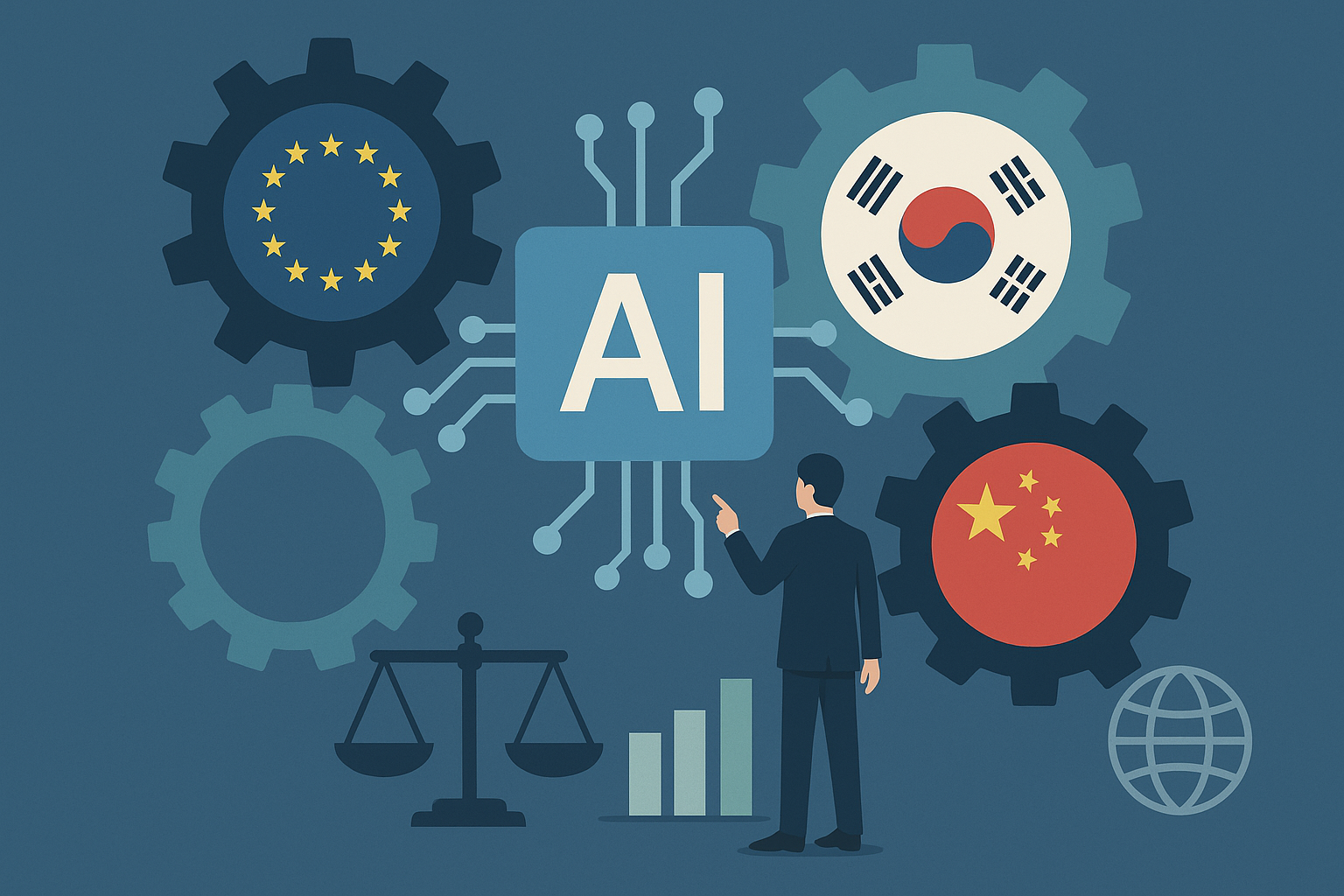The Current of AI Regulation | 매거진에 참여하세요
The Current of AI Regulation
#Regulation #AI #Law #AIAct #RiskBased #Transparen #EU #Penalties #Global #Balance
AI Regulation – EU and Global Perspectives. Why AI Regulation Matters Now?
By 2025, AI has evolved from a mere technology to critical social infrastructure.
Its use in high-risk sectors like law, healthcare, education, and finance has raised pressing questions about responsibility.
Societal side effects: deepfakes, misinformation, copyright infringement are already real.
As AI becomes central to global competitiveness, nations must balance industrial growth with public safety.
AI regulation is no longer optional, it is essential for national competitiveness and social trust.
EU: Full Implementation of the AI Act

The EU is the first to implement a comprehensive AI regulatory framework: the AI Act, effective August 2, 2025.
It applies even to general-purpose AI models (GPAI).
Risk-based approach:
- Forbidden:
AI that may violate human rights, such as social scoring or mass surveillance.
- High-risk:
AI in healthcare, finance, education, and other sensitive sectors.
- Low-risk:
Chatbots, game characters, and similar applications.
- Transparency obligations:
Companies must disclose AI-generated outputs and verify datasets and algorithms.
- Penalties:Violations can incur fines of up to 6% of annual revenue.
The EU aims to make AI regulation a global standard, following the GDPR precedent.
South Korea: Cautious but Proactive
South Korea takes a balanced approach, drawing from the EU AI Act while promoting industry growth.
The Basic AI Act was enacted in 2024 and came into effect in March 2025.
Key measures:
- Pre-certification for high-risk AI systems.
- Mandatory disclosure of AI training data sources.
- Deepfake and manipulated content must carry an AI-generated label.
- A regulatory sandbox minimizes corporate burden, reflecting a hybrid strategy:
“Regulate without stifling startup growth.”
United States: Private Sector-Led, State-by-State
The U.S. currently lacks a federal AI law, relying on state-level regulations and private guidelines.
NIST AI Risk Management Framework: Provides standards for AI reliability and fairness.
State laws: California, New York, and others are advancing disclosure and copyright protections.
Federal executive orders: Require AI developers to submit safety validation data.
The U.S. prioritizes innovation speed, applying stronger regulation only in sensitive areas like elections and national defense.
China: Strict Control and National Strategy
China views AI as a cornerstone of national competitiveness, enforcing tight government control.
All AI services require government review and approval.
Content violating “socialist values” is immediately blocked.
AI research receives massive government funding but operates under strict oversight.
China’s strategy combines industrial growth with political control.

Global Comparison
Feature | EU | South Korea | USA | China |
|---|---|---|---|---|
Regulatory Approach | Risk-based, strong legislation | Balanced, basic law | Private-led, state-level | State-driven, strict control |
Key Features | AI Act, transparency, penalties | High-risk certification, labeling | Innovation-first, safety guidelines | Approval system, political oversight |
Industry Impact | High corporate burden, global standardization | Startup-friendly, sandbox | Maintains innovation pace, uneven regulation | Protects domestic industry, limits foreign expansion |
Looking Ahead
Standards competition:
The EU AI Act may become a global regulatory benchmark, like GDPR.
Corporate strategy:
Multinational companies must adopt multi-compliance strategies to meet varying national rules.
Ethics and trust:
Beyond legal compliance, ensuring reliability and transparency across AI services will be a key competitive advantage.
AI regulation is no longer a theoretical debate. it is shaping the future of industry, governance, and global trust.






